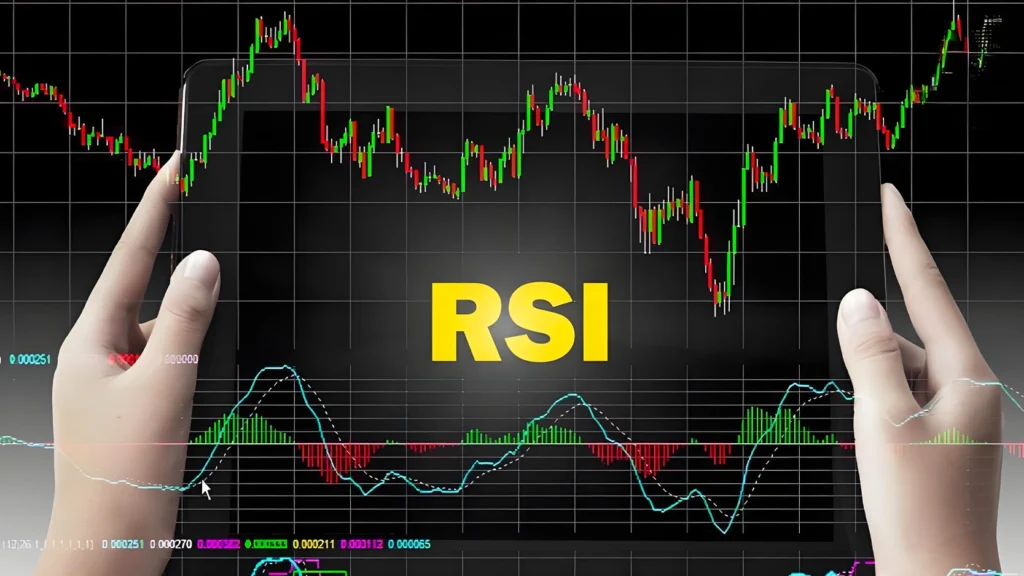Forex Investment Beginner’s Guide: Unveiling Fundamental Analysis
The foreign exchange market is the largest financial market in the world, and its volatility is influenced by multiple factors. For beginners, mastering fundamental analysis, the “market perspective lens”, is crucial. This method not only explains the underlying logic behind currency fluctuations but also helps newcomers avoid the cognitive blind spot of “interpreting charts without context”. This article, from a practical perspective, will guide you through the fog of economic indicators, policy signals, and international events, gradually building a systematic fundamental analysis framework.
Core Elements of Fundamental Analysis: Unveiling the Underlying Logic of Market Volatility
The price fluctuations in the foreign exchange market are essentially a reflection of a country’s economic strength and policy orientation. The core of fundamental analysis lies in interpreting macroeconomic data, policy trends, and international events to assess the long-term value of a currency and the risks of short-term volatility.
Macroeconomic Indicators: The Barometer of Currency Value
Gross Domestic Product (GDP), inflation rate, unemployment rate, and trade balance are core indicators of a country’s economic health. For example, a country with a GDP growth rate exceeding expectations often attracts foreign capital inflows, driving its currency to appreciate; whereas a continuously rising inflation rate may prompt the central bank to raise interest rates, boosting the currency’s value in the short term, but if uncontrolled, it could trigger an economic recession and currency depreciation. For instance, during the Federal Reserve’s rate-hike cycle in 2022, robust US GDP growth and inflationary pressures drove the US Dollar Index sharply higher, while the euro fell below parity against the US dollar as the eurozone’s trade deficit widened due to the energy crisis.
Central Bank Monetary Policy: The Baton of the Forex Market
The interest rate decisions and quantitative easing policies of central banks directly influence currency supply and demand. When a central bank raises interest rates, the yield on domestic assets increases, attracting international capital inflows and boosting currency demand; conversely, rate cuts or expanded quantitative easing may lead to capital outflows and currency depreciation. For example, the Bank of Japan’s long-standing ultra-low interest rate policy has made the yen a primary funding currency for carry trades, with its exchange rate highly correlated to global risk sentiment. Investors need to closely monitor the “forward guidance” in central bank statements, as these signals often indicate future policy paths and, in turn, shape market expectations.
Geopolitics and Unexpected Events: Unpredictable Catalysts for Volatility
Wars, elections, trade disputes, and other geopolitical events can instantly shift market risk appetite. After the outbreak of the Russia-Ukraine conflict in 2022, risk aversion pushed the US dollar and Swiss franc higher, while the euro fell more than 10% in the short term due to its economic outlook deteriorating from energy dependence on Russia. The impact of such events is not limited to short-term volatility; sanctions, supply chain restructuring, and other long-term effects may also reshape currency fundamentals.
Fundamental Analysis Tools and Data Tracking
To do a good job, one must first sharpen one’s tools. Investors can efficiently obtain and interpret key information through the following tools:
Professional Data Platforms: Bloomberg Terminal and TradingView
The Bloomberg Terminal provides real-time global economic data, central bank policy minutes, and in-depth analytical reports. Its “ECST” function allows one-click comparison of multiple countries’ GDP, inflation, and other indicators. TradingView, on the other hand, enables users to embed an economic calendar into price charts, visually observing market reactions before and after data releases. For example, if non-farm payroll data significantly exceeds expectations, the US Dollar Index often forms a “price gap” on the chart, which, combined with technical indicators, can verify the trend’s strength.
Economic Calendars and Market Sentiment Indicators
Investors should regularly review economic calendars and mark the release times of key data (such as US CPI and Eurozone PMI). After data releases, it is crucial to distinguish among three scenarios: “in line with expectations”, “unexpectedly higher”, and “unexpectedly lower”. For example, in September 2024, US non-farm payrolls came in below expectations, prompting the market to delay its forecast for Federal Reserve rate hikes, causing the US Dollar Index to drop 0.8% that day. Additionally, the CBOE Volatility Index (VIX) and implied volatility in forex options can quantify market fear levels, aiding in assessing demand for safe-haven currencies.
Coordinated Strategies Combining Fundamental and Technical Analysis
While fundamental analysis excels at capturing long-term trends, short-term markets may deviate from fundamentals due to sentiment-driven fluctuations. Combining technical analysis can optimize trade timing:
- Trend Confirmation: When fundamentals indicate Eurozone economic recovery and the central bank signals rate hikes, a breakout of a key resistance level in EUR/USD (such as 1.1000) can strengthen bullish conviction.
- Risk Hedging: If geopolitical crises trigger safe-haven buying of the yen, and technical indicators show overbought signals (such as RSI above 70), partial profit-taking can lock in gains.
- Cross-Market Correlations: Commodity-exporting currencies (such as the Australian dollar) are positively correlated with iron ore prices. Investors can monitor both the CRB Index and currency charts simultaneously to identify arbitrage opportunities.
Conclusion: Building a Multi-Dimensional Analytical Framework
The forex market is a complex network interwoven with economic data, policy games, and human emotions. Fundamental analysis provides investors with a “telescope” to see through price fluctuations, but its effectiveness relies on three key points: first, dynamic tracking of economic indicators, second, in-depth understanding of policy logic, and third, quick response to unexpected events.
Investors should establish a “data archive”, regularly reviewing the relationship between historical events and exchange rate movements (such as the 2015 Swiss franc black swan event), gradually cultivating an intuitive sense of market context. It is essential to integrate fundamental analysis with technical tools and risk management to navigate the ever-changing forex market steadily and sustainably.
Frequently Asked Questions
Q1. What is forex fundamental analysis?
Fundamental analysis is a strategy that evaluates the long-term value and short-term fluctuation direction of currencies by interpreting national economic data (such as GDP and inflation rate), central bank monetary policies, and international political events. It is suitable for capturing the “fundamental drivers” of exchange rate trends.
Q2. What are the core elements of fundamental analysis?
The three core elements are:
- Macroeconomic indicators (GDP, employment data)
- Central bank interest rate decisions and policy statements
- Geopolitical risks (wars, trade wars)
Q3. What is the difference between fundamental analysis and technical analysis?
Technical analysis focuses on price chart patterns and is suitable for short-term trading; while fundamental analysis explains the “reasons” behind market fluctuations and is better at identifying medium to long-term trends.
Q4. How to quickly track important economic data?
It is recommended to use an “economic calendar” tool (such as TradingView) to mark the release times of key indicators such as non-farm payrolls and CPI.
Related articles
-
In the realm of modern financial market analysis, whether it’s the fast-changing forex market, the highly volatile cryptocurrency space, or traditional stock indices, technical analysis plays an indispensable role. Among the many technical indicators, the Relative Strength Index (RSI) is undoubtedly one of the most classic and widely used tools....2025 年 9 月 4 日
-
In today's environment of persistently low interest rates combined with inflationary pressures, simply depositing money in the bank is no longer sufficient to preserve the future value of your assets. An increasing number of investors are seeking more proactive ways to grow their wealth, shifting from traditional savers to active...2025 年 8 月 13 日
-
In financial market terminology, “bottom-fishing” is a highly enticing yet challenging concept. It refers to an investment strategy aimed at buying assets that have undergone significant price declines and are believed to be undervalued, with the expectation that their prices will eventually rebound sharply. This strategy embodies the ultimate expression...2025 年 8 月 13 日













